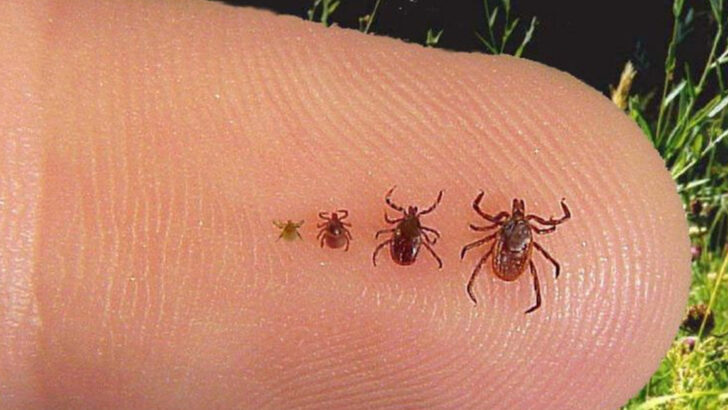Camping during the summer is a cherished pastime, but sharing the outdoors with insects can sometimes be less than ideal.
While many bugs are harmless, some pose risks to health and comfort. This guide highlights 11 insects you should be aware of during your summer camping adventures.
From those that bite to those that sting, understanding these insects can help you prepare and enjoy a safer camping experience.
Mosquito
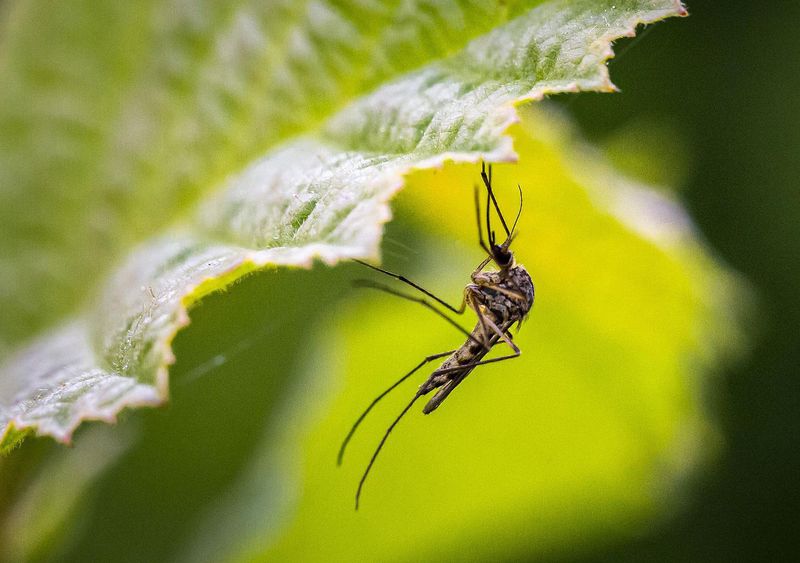
Ah, the mosquito. A tiny menace that can ruin an evening under the stars. Known for their itchy bites and annoying buzz, mosquitos are more than just a nuisance. They’re vectors for diseases like West Nile and Zika.
To keep them at bay, wear long sleeves and use insect repellent. Mosquito nets can also provide protection while sleeping.
Did you know? Only female mosquitoes bite, as they need blood to lay eggs.
Tick

Ticks are tiny, but their impact can be significant. Found in wooded areas, these insects latch onto skin, feeding on blood. They are infamous for transmitting Lyme disease.
Check for ticks regularly when camping, especially after hiking. Light-colored clothing makes them easier to spot.
Fun fact: Ticks are arachnids, making them relatives of spiders and scorpions.
Bee

Bees are vital to our ecosystem, yet their stings can be painful. When camping, encounters with bees are likely near flowering plants.
Remain calm if a bee approaches; swatting increases the chance of being stung. Be aware of hives and nests in trees.
Interestingly, bees communicate through a ‘waggle dance’ to direct others to pollen sources.
Wasp

Wasps often crash picnics, attracted by sweet foods. Unlike bees, they can sting multiple times, so caution is advised.
Keep food covered and clean up spills promptly to avoid attracting them. Wasps play a role in controlling other insect populations by preying on them.
Did you know wasps can recognize human faces?
Ant
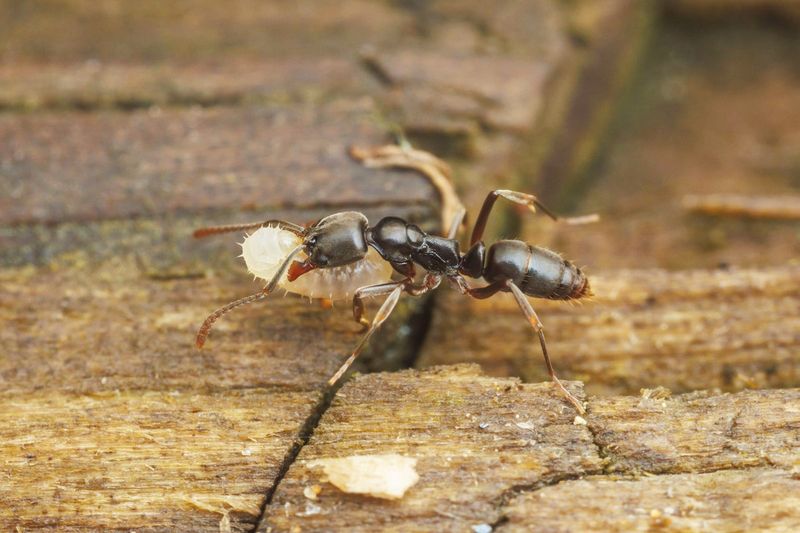
Ants may seem harmless, but some species bite or sting, causing irritation. Campgrounds with food leftovers are prime spots for ant invasions.
Store food securely and clean up promptly to prevent ant trails. Some ants, like fire ants, are particularly aggressive when disturbed.
Fun fact: Ants can lift objects 50 times their body weight!
Spider
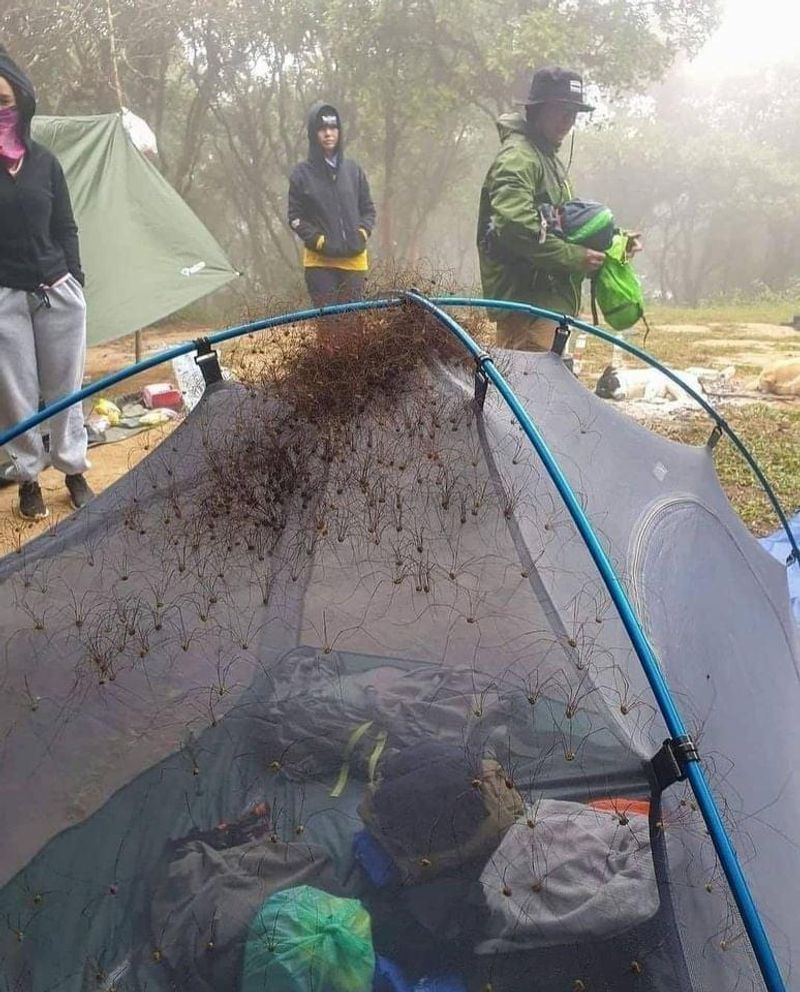
Not all spiders are dangerous, but some bites can cause discomfort. Spiders often reside in tents or restrooms at campsites.
Shake out clothes and shoes to ensure no spiders have made them home. While most are harmless, the black widow and brown recluse require caution.
Spiders help control pest populations, making them essential in nature.
Horsefly

Horseflies are known for their painful bites, often found near water. Their bites can cause swelling and irritation.
Wear protective clothing and use repellent to deter these persistent insects. Despite their nuisance, horseflies are part of the food chain, serving as prey for birds.
Did you know horseflies are attracted to dark moving objects?
Blackfly
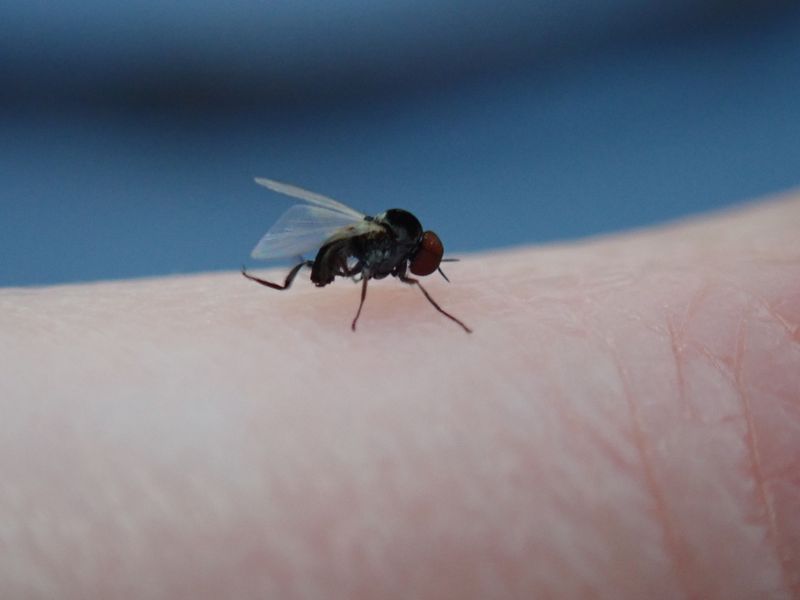
Blackflies, though small, have a painful bite, often leaving itchy welts. They’re commonly found near rivers and streams.
Time outdoor activities to avoid peak blackfly hours early in the morning and late afternoon.
Fun fact: Blackflies are attracted to the carbon dioxide we exhale.
Yellowjacket
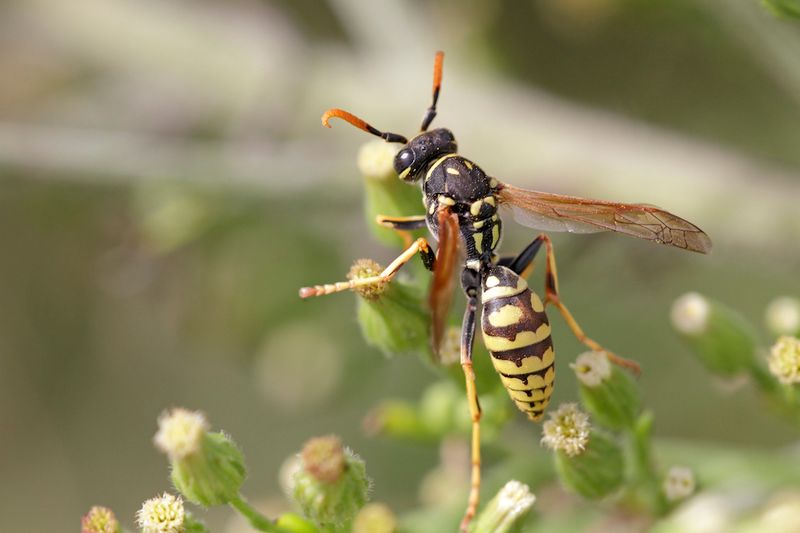
Yellowjackets are aggressive wasps that frequent campsites, especially where food is present. Their sting can be painful and, for some, cause allergic reactions.
Be cautious around open drinks and food containers.
Interestingly, yellowjackets become more aggressive in late summer as their food sources diminish.
Chigger
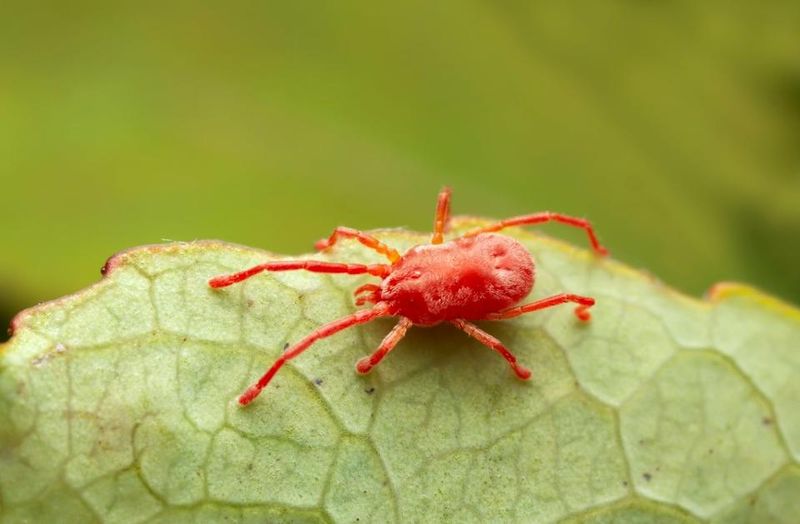
Chiggers are tiny mites that can leave itchy, red bumps after biting. They thrive in tall grass and wooded areas.
Wear long pants and tuck them into socks to prevent bites. Chiggers are most active during warm afternoons.
Did you know chiggers don’t actually burrow into skin, despite popular belief?
Flea
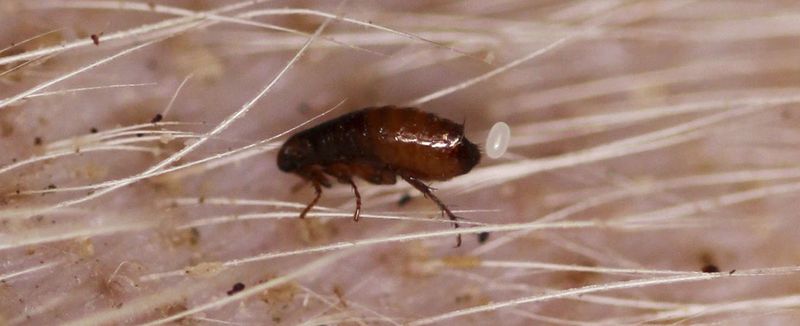
Fleas are notorious for their itchy bites and ability to jump long distances. They often hitch a ride on pets or wildlife.
Ensure pets are treated with flea prevention before camping. Fleas can also carry diseases like typhus.
Fun fact: Fleas can jump over 150 times their body length!

